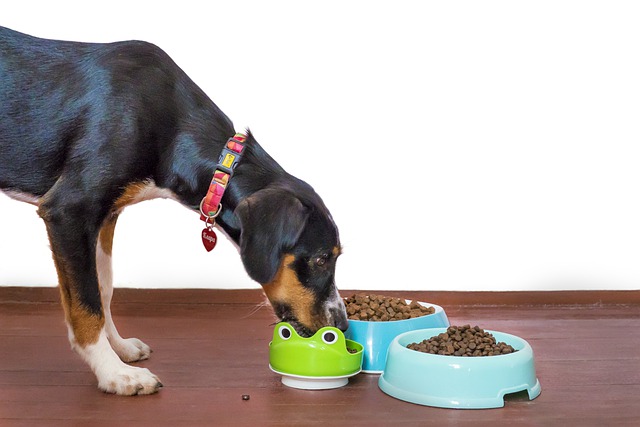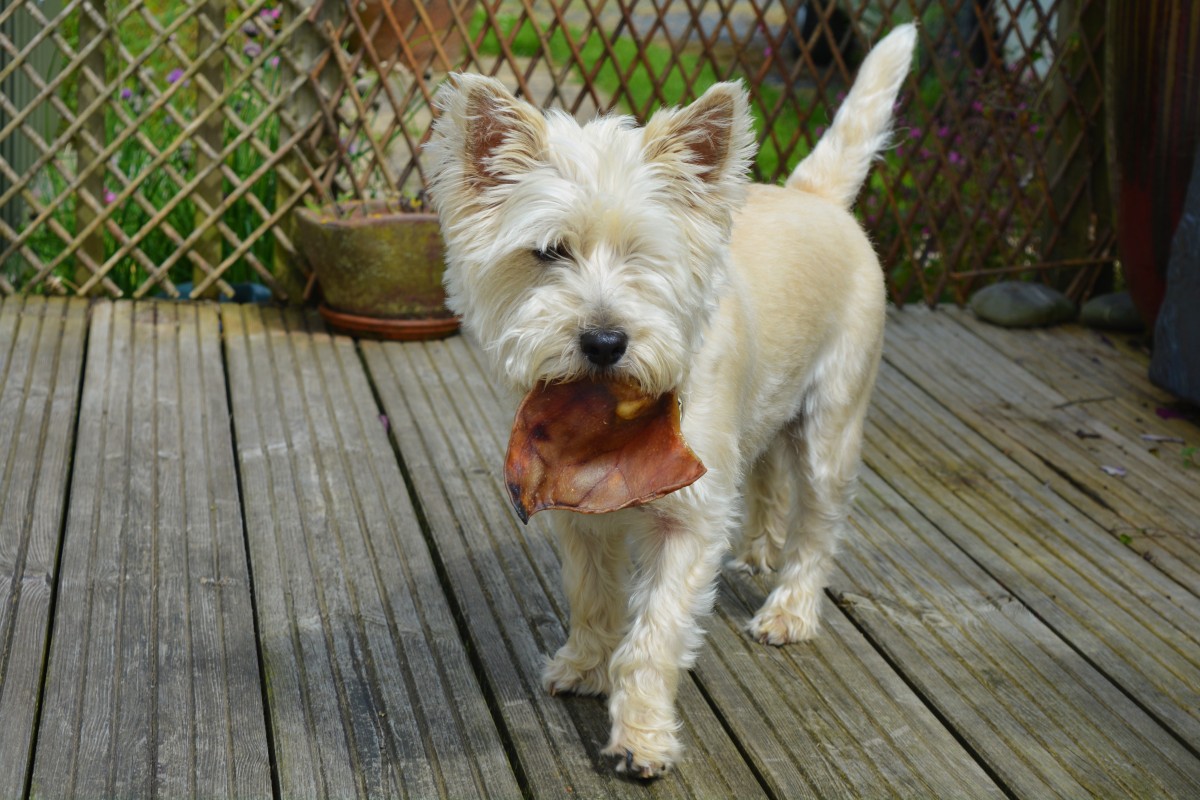
How to Feed Your Dog
Dog food: the diet of a domestic animal
If the wolf is opportunistic, able to feed on a wide range of foods (even earth in times of significant shortage), the dog has inherited this quality somehow. But above all, in its origins, its proximity to man since the time of the hunter-gatherers has made it tolerate foods and ways of accommodation specific to humans.
Here are some tips on how to feed your dog the right food.
What is a suitable homemade diet?
Adapted dog food is based on:
– Meat: all types of meat (farmed or game) and all cuts are suitable for the dog, as long as they are given raw, cut into cubes or strips so that they can be swallowed whole without chewing. Never give ground or mixed meat to a dog.
– Vegetables: many vegetables are suitable for dogs, even when in season. They are given raw or only blanched, diverse, or grated. They are essential in providing the dog with natural vitamins and minerals and ensuring good hydration (renal system).
– Cereals: rice and only cooked rice. It is not essential, but rice is the cereal with the highest protein content. It is also the best assimilated by dogs (except for gluten allergies).
– Hardbodies: bones, but also cartilage, raw only. Bones must be adapted to the size of the dog’s mouth to be easily crushed and ingested. They must also have enough meat around them to be safe (fleshy bones). They should be given after the bowl to clean the mouth and avoid the formation of dental plaque.
Considering this list of ingredients, how much does it cost to feed your dog this way? Eric Laborde’s study shows that providing a 40 kg dog, who eats nearly 1 kg per day, with commercially available products for less than 40 € per month is possible.
Good to know: eggs, vegetable oil, fish, fruits, peelings can also be used without inconvenience.
The trick of freezing food for your pet

The great advantage of the freezing process is that it retains all the natural properties of the food, including hydration. More importantly, there is no need to thaw portions to feed the dog:
– Virtually any food given frozen to the dog will become a rigid body that, instead of crumbling and sticking to the gums (forming dental plaque), will naturally clean it.
– Indeed, the dog does not have the sense of cold at the level of its papillae.
Here are some tips on how to use freezing in your dog’s diet:
– Precaution concerning vegetables: to freeze vegetables, it is generally necessary to blanch them beforehand by plunging them 3 to 4 minutes in boiling water, then rinsing them in frigid water. Before that, it is essential to wash them well (to eliminate microbes), but it is not necessary to peel them most of the time.
– Make dumplings: you can then mix your ingredients (meat, vegetables, rice, fish, peelings, etc.), then make dumplings and put them on a plate (to avoid sticking). Once frozen, please put them in a freezer bag and take them out as needed.
– Make sticks: whole vegetables or just cut to the size of the dog’s mouth, blanched and frozen, will be perfect “bones” that he will be happy to grind. But also:
◦ Whole, non-gutted fish of the right size, given frozen to your dog, will no longer risk hurting him, as the bones become brittle with freezing.
◦ Diced meat or shreds of the right size and frozen will particularly appreciate rigid bodies.
– Bones and cartilage: of course, bones and cartilage, such as from the tail or ears of pigs, wings, and chicken carcasses, will be able to be stored in the freezer and given directly. These less noble parts are also more economical.






1 thought on “How to Feed Your Dog”